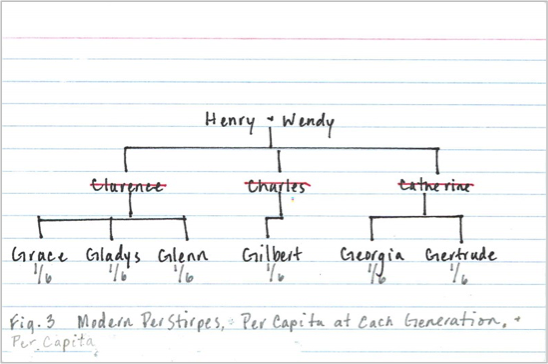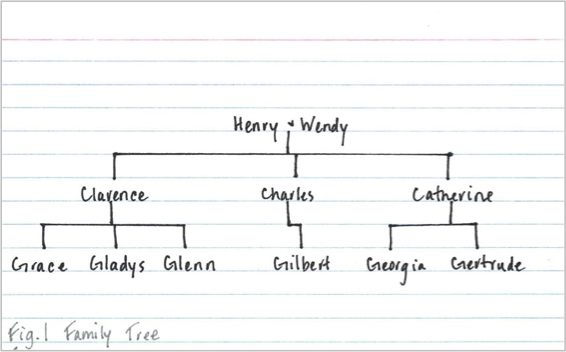2019 Virginia Developments Slides
At the 38th Annual Trusts and Estates Seminar, Tom Yates and Alvi Aggarwal gave a presentation on recent developments in Virginia trusts and estates law. The slides from that presentation are available at https://yatescampbell.com/2019-va-update-slides/.


